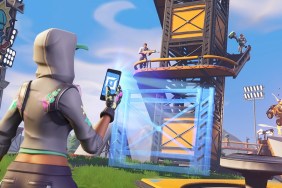A brief glance at any outlet’s current Google Stadia coverage will tell you everything you need to know about its launch. Games don’t run in true 4K despite that being the main selling point of its Pro subscription. The library is spartan and filled with games everyone finished playing months or years ago. Games that are there aren’t even guaranteed to…

Atlas is an action-rpg with rogue-like elements where you use your ability to control the ground to fight the enemies and move through procedurally generated worlds.









